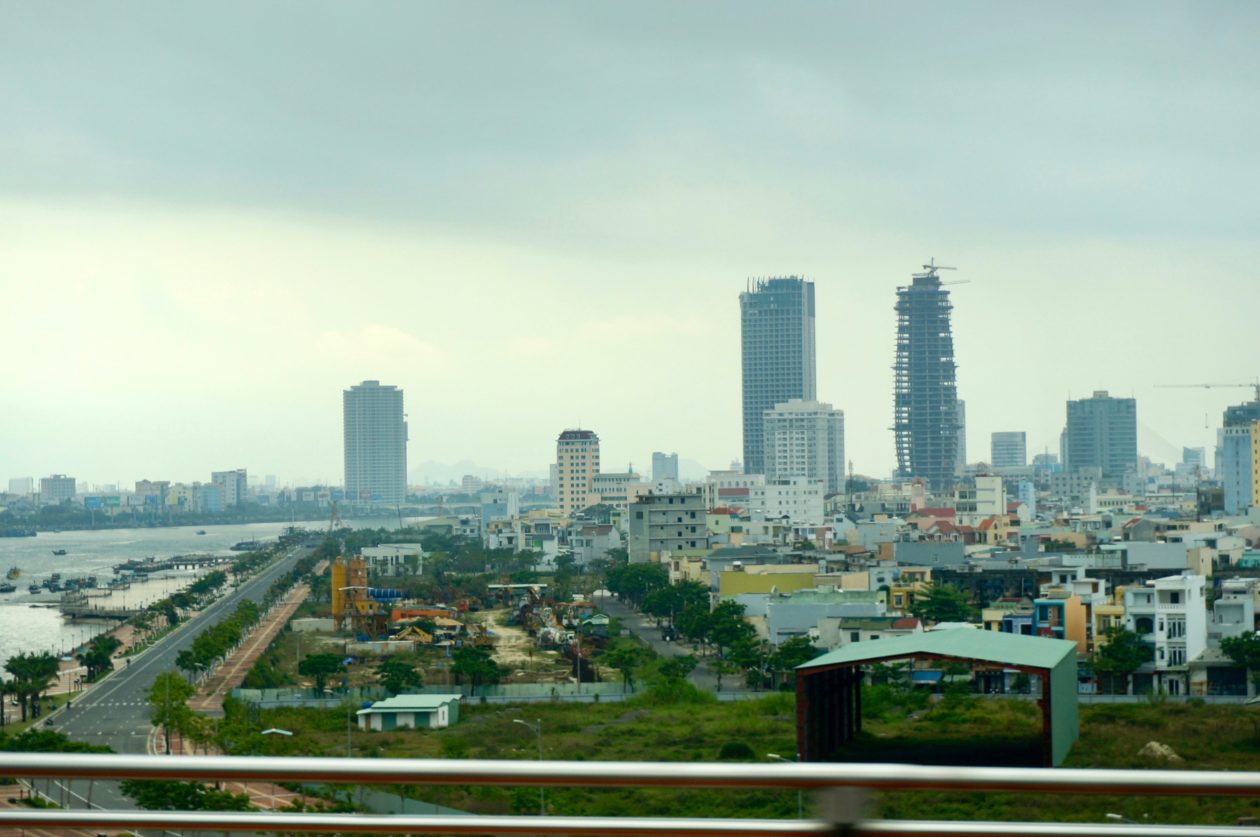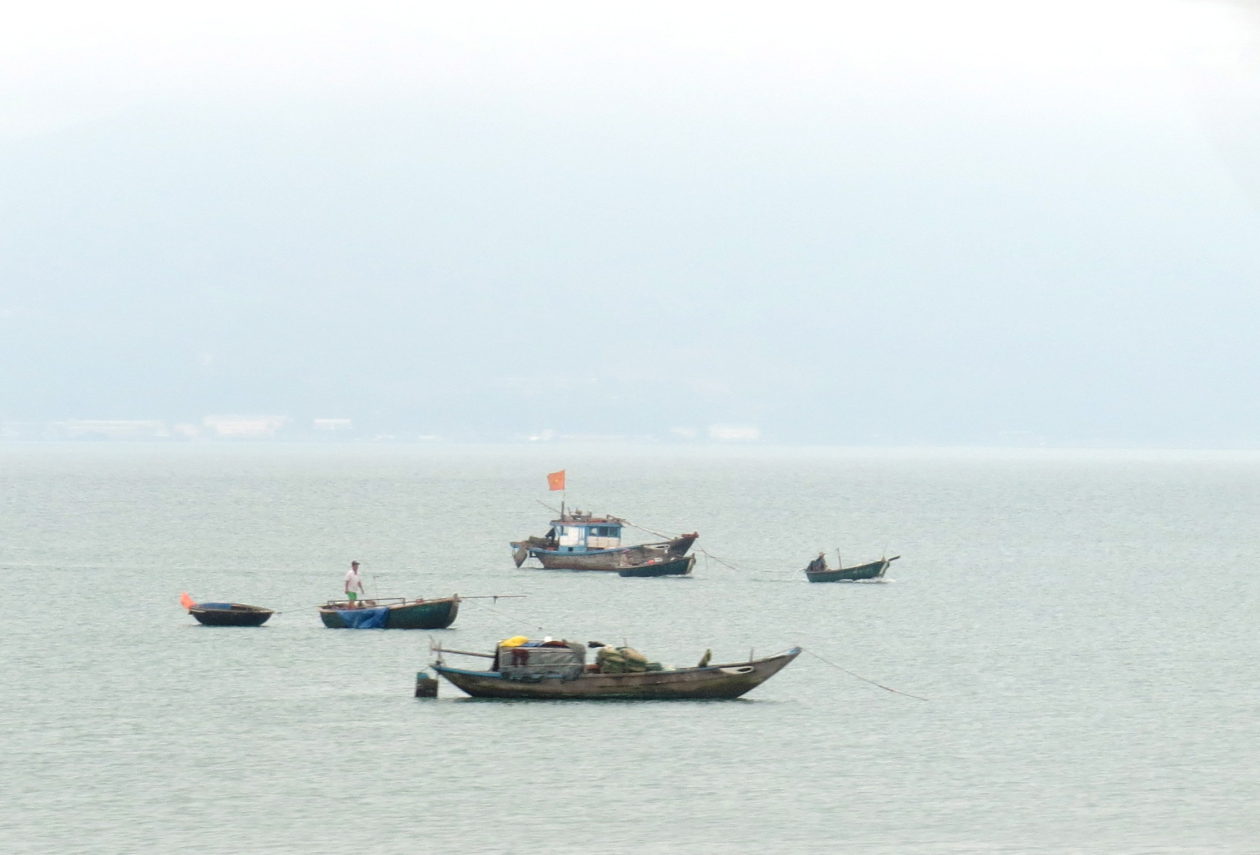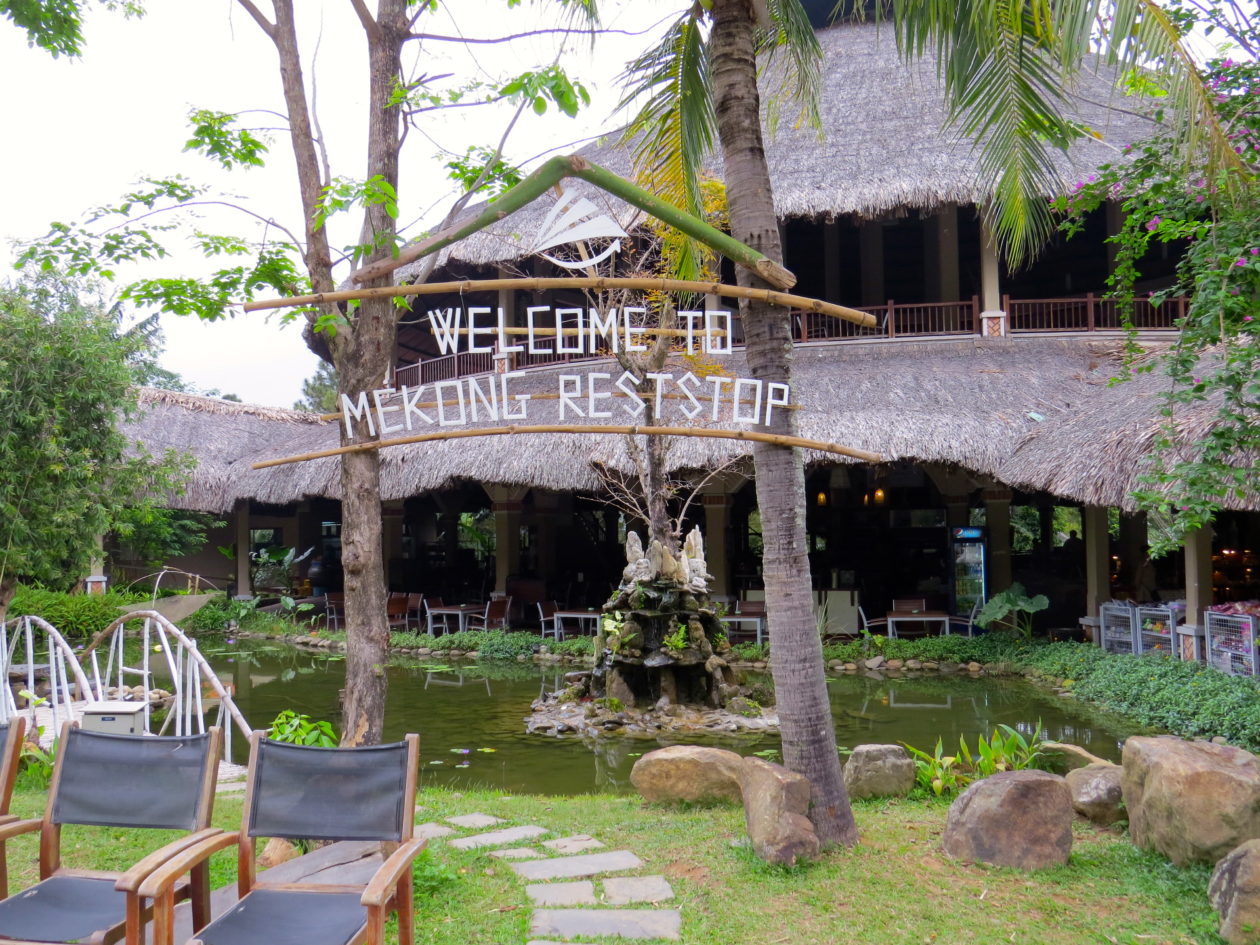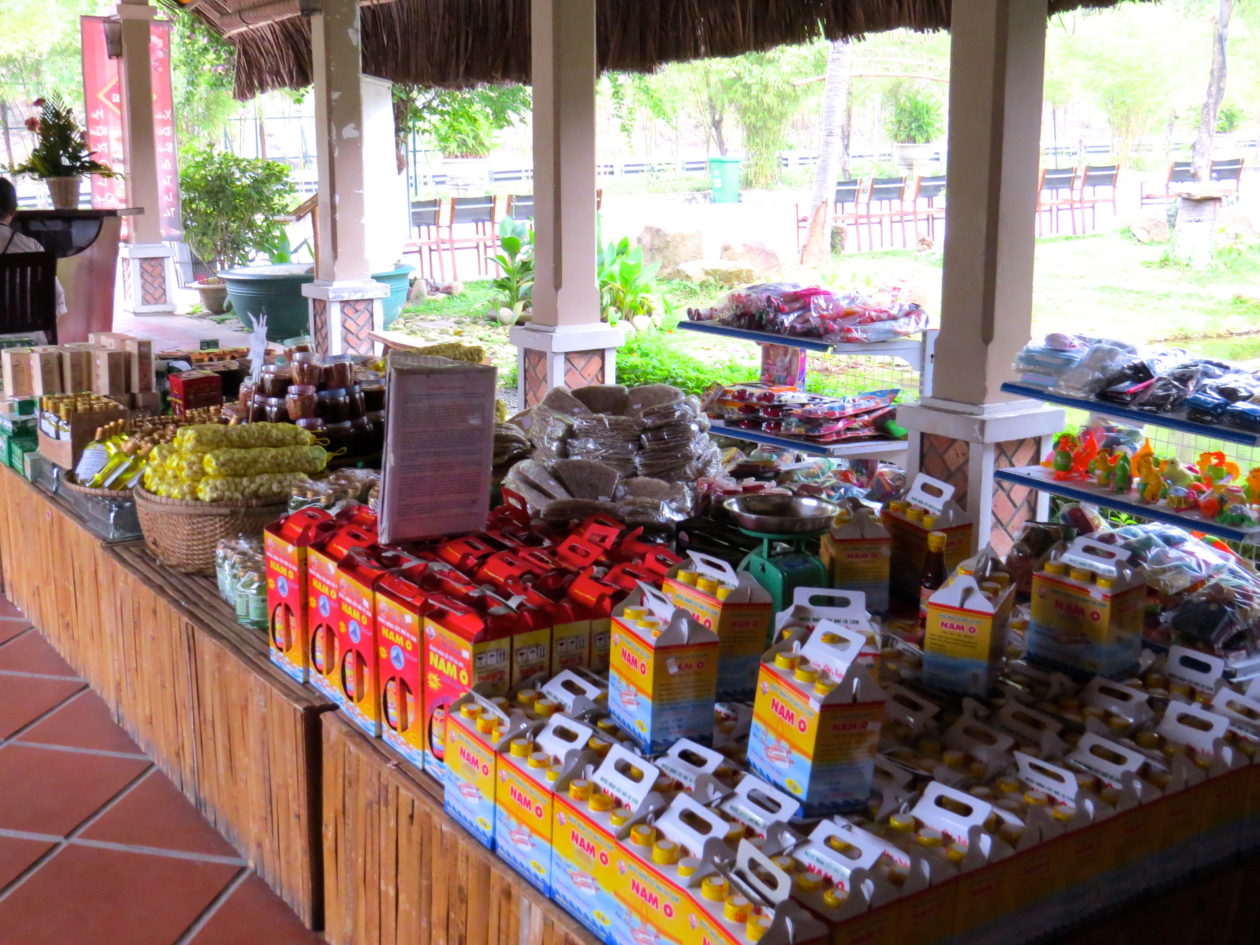- Getting ready to hit the road!
- Some thoughts on Hong Kong…
- A day in Danang and Hue, Vietnam
- Saigon River and Saigon, Vietnam
- Siem Reap and Temples, Cambodia
- The Floating Village — Kompong Phluk, Cambodia
- Phnom Penh and the road to Sihanoukville, Cambodia
- Bangkok, Thailand
- Day 2 in Bangkok — Ayutthaya, Thailand
- Singapore
- Langkawi Island, Malaysia
- Phuket, Thailand — or sort of…
- New Delhi, India
- Agra and the Taj Mahal
- The road to — and Jaipur, India
- India — a few closing thoughts.
- Dubai, United Arab Emirates
- Oman (The Sultanate of)
- Luxor, Karnak, and the Valley of the Kings, Egypt
- Petra, Jordan
- Sharm el Sheik and St. Catherine’s Monastery, Egypt
- Cairo and Giza, Egypt
- Egypt — Some final thoughts…
- Zooming around Israel
- Bodrum, Kusadasi, and Ephesus, Turkey
- Corfu, Greece
- Dubrovnik and Zadar, Croatia
- Venice, Italy — the last hurrah!
Well, we have reached our first port after leaving Hong Kong – Danang, Vietnam. Unfortunately, we are only spending one day here and we had to choose between staying to look around Danang or heading to the Imperial City of Hue (A UNESCO World Heritage Site). Given it’s historical significance, we chose Hue.
It’s a little weird being here. Both Danang and Hue were significant locales during the Vietnam War – the first being a major air base (at one point the busiest airport in the world) as well as “China Beach,” and the second associated with a major battle and massacre during the Tet Offensive in 1968. Being about 85 miles south of the DMZ, this area saw a major amount of fighting, including some serious carpet bombing (more about that later) and liberal use of napalm and Agent Orange. While the locals could be bitter and unfriendly towards us, it was almost 100% the opposite. People are looking forward – trying to make their country a powerhouse of Southeast Asia. All the former US bases are now regional (or international airports), industrial parks, etc. In terms of modernization, Danang is ahead. They have become a magnet for foreign investment and it shows – lots of new skyscrapers and a redeveloped waterfront. Hue is somewhat farther behind (probably because they are somewhat inland and most of the money has gone to restoration of historical buildings destroyed in the war) and dirtier than expected.
The trip to Hue (via bus) was truly surreal. There is only one major road that connects Hanoi (to the north) with Ho Chi Minh City (to the south) and it is used by everything – cars, buses, trucks, motorbikes, walkers, water buffalo, cows, etc. While there are such things as lines and traffic signals, they are blithely ignored. Big vehicles pass smaller vehicles anywhere (including around corners) and motorbikes and people have to quickly move to the shoulder (never slowing down of course) or they will get mowed over. Everyone seems to take it in stride. Motorbikes are by far the most prevalent form of transportation in Vietnam – there are over 28 million of them (mostly cheap Chinese ones, but the well-to-do have Japanese bikes).
In Hue, we visited three significant sites. The Royal Citadel Palace was built by Emperor Gia Long in 1802. While there had been many other kings in the past, they were all regionalized and largely under China’s influence. Long was the first to bring all of Vietnam together and, in fact, he was the one to name the country Vietnam, which means “people of the south” (referring to Southeast Asia). In a lot of respects, the Palace is modeled after the Forbidden City in Beijing. Inside there is an Imperial Enclosure which was divided into a number of enclosures (including a Forbidden Purple City. There is also a temple complex, a Hall of Mandarins, and a number of residences, etc. Of the 160 original buildings, only 20 were left undamaged after the US bombed Hue to retake the city from the North Vietnamese regulars and Viet Cong who had taken the city for 25 days, during which time they slaughtered 2500 “intelligentsia”. A lot of restoration work is now going on. We also visited the Thien Mu Pagoda, the symbol for the city and one of the most famous places in Vietnam. It was also a hotbed of protest against the South Vietnamese government and, in fact, it was from this pagoda that the monk that self-immolated in Saigon came from. Finally, we visited the Tu Duc Tomb. I say “tomb,” but this is a massive complex of over 30 acres and 50+ building that the Emperor ordered built well before his death as a monument to himself! He even spent summers there.
A final note – we had a traditional Vietnamese lunch at a local hotel (apparently Bill and Hillary [and maybe even George Washington] slept there. The food was great and the people friendly. They even had a musical group playing for us. A few eyebrows were raised when in the midst of their traditional set they played “Oh Susannah,” “ the Theme from the Godfather,” and Auld Lang Syne. Another surreal moment.
Today we are at see and will arrive in Ho Chi Minh City, where we will leave the ship to fly to Siem Reap. More to come!
This entry was posted in Cruising, Travel, Vietnam






